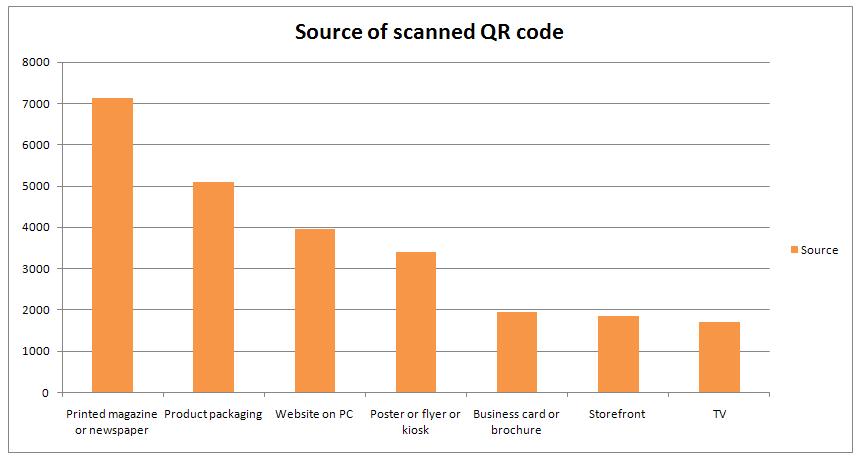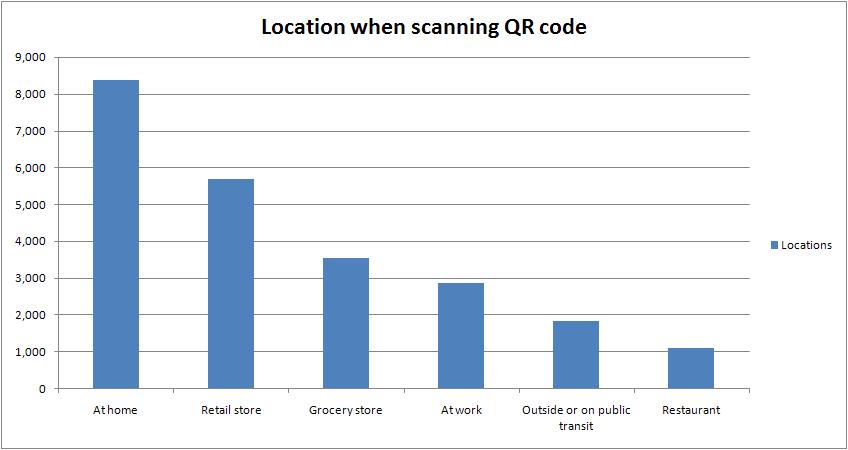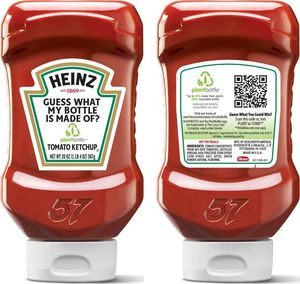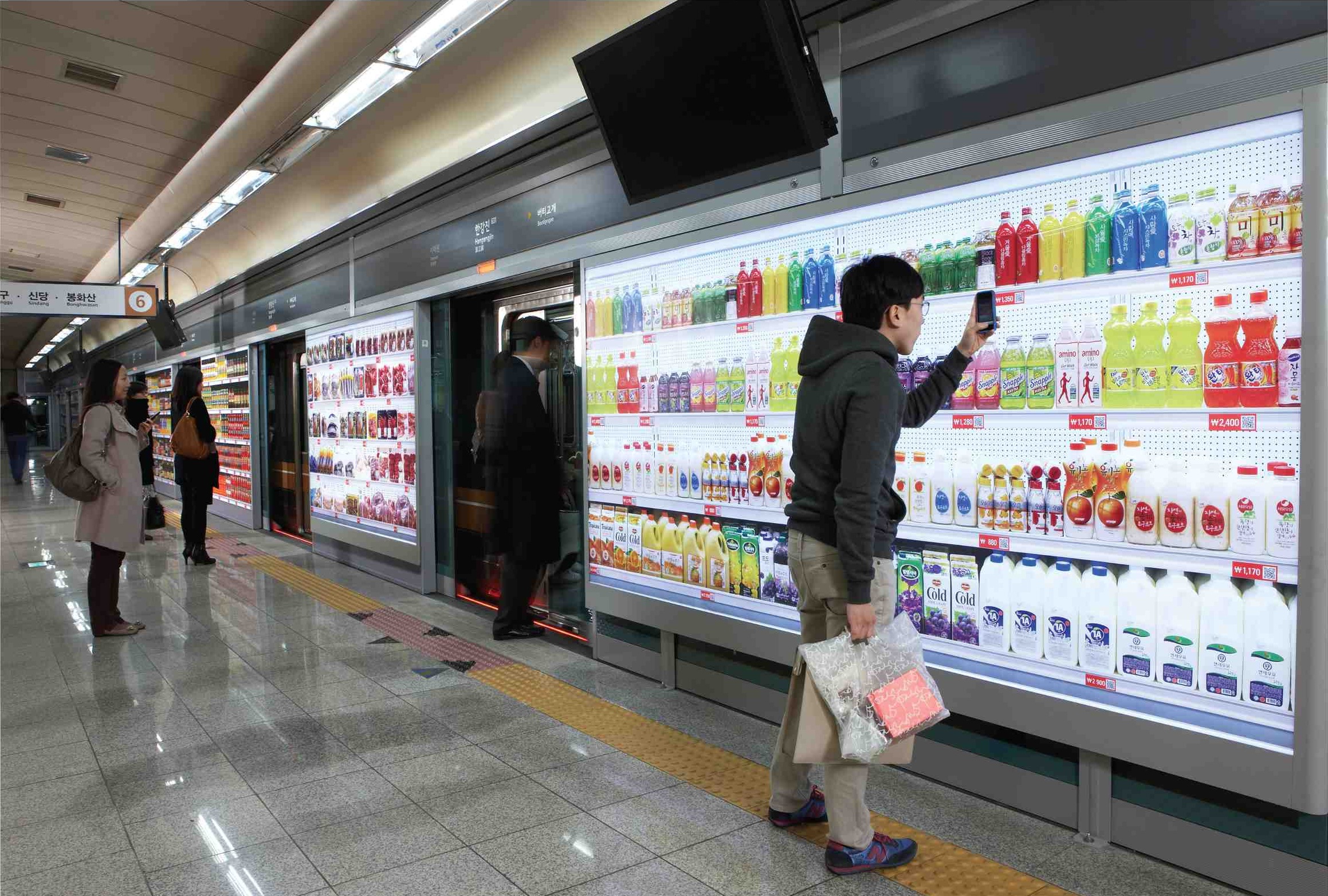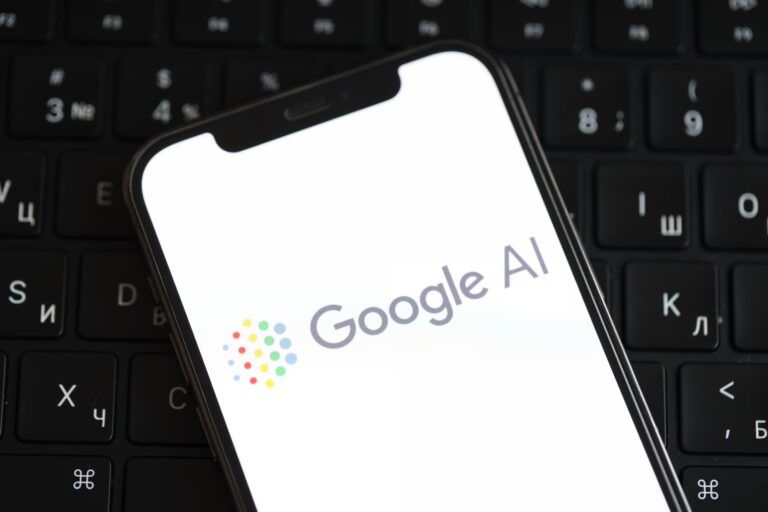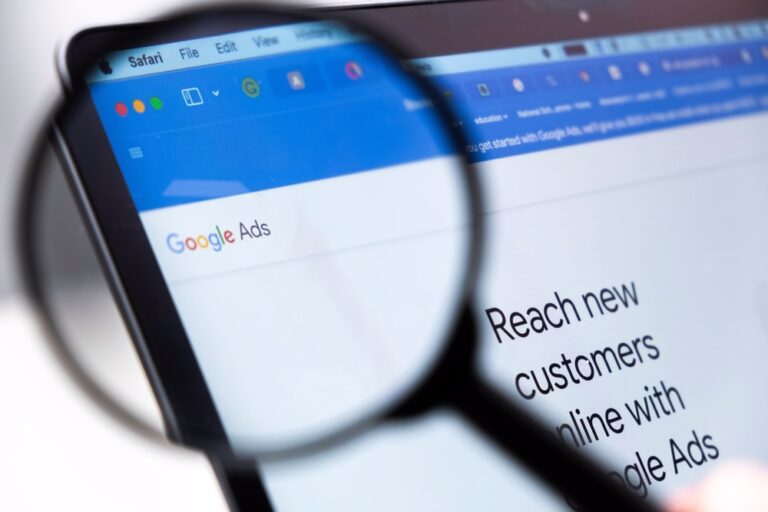Online Marketing with QR Codes
QR Codes are everywhere. On McCoys crisps, on sandwich boxes, on business cards, even on the roof of Facebook’s Menlo Park office in California and that particular QR code is 42 feet in size and can apparently be seen from space!
Surely you’ve seen a few? National Rail has them. Heinz ketchup bottles do. Bulmer Apple Cider does…
Although invented in Japan in 1994 for the automotive industry, they have gained huge popularity amongst marketers, retailers and business owners alike. This is in large part due to the widespread use of smart phones which have made reading QR codes possible.
These simple 2 dimensional barcodes or ‘quick response’ codes allow for larger storage capacity than standard UPC barcodes and consist of a simple white background with a pattern or code of square dots (most often black).
According to ComScore, in June 2011, approximately 14 million mobile users in the USA used a mobile device to scan a 2D/QR code. That’s the equivalent of 6.2% of the total mobile phone audience.
The same survey found that of those 14 million mobile users, 60.5% were male and 39.5% were female. A year down the line, the audience may differ.
Here are a few additional useful facts from the same ComScore survey. Of the 14,452 people who took part in the survey (each of whom may have selected more than 1 answer) most people (7,138) said that they’d scanned QR codes found in printed magazines or newspapers. The fewest scanned QR codes that appeared on television.
However, when scanning a QR code, most people (8,382) did so at home. Fewest scanned when at a restaurant (1,095).
So, it’s clear that companies are using QR codes and that consumers are scanning them, but how many companies or businesses are using them well? Not as many as you think. Many companies simply use QR codes to link a user directly to the company’s homepage.
This is not just a poor strategy to drive traffic to your website, but also boring and above all – in my opinion – being boring is the worst sin you can commit when it comes to advertising. If all you can do with a QR code is direct people to your website’s homepage, please don’t use one. Your customers might as well just do a Google search. You’d do better to rely on your actual printed/pictorial advertising to do the hard work for you.
When I scan a QR code I want to get taken to a unique offer, a competition, a page of interesting facts that somehow relates to whatever the QR code has been printed onto. Surprise me and I may give your product/service a little extra thought. If you know anything about advertising, that’s all it takes. Keep yourself in someone’s mind and the next time they have to choose between your product and a competitor’s, they’re a good deal more likely to choose yours.
Before you use a QR code though, have a goal. Do you have something you want to offer for a limited time? Are you running a competition? Are you introducing something new? Are you trying to better establish your brand? Are you seeking to create awareness for something?
First things first – create the landing page that the QR code will link to. Once this is done, make the QR code. To do this, all you need is the URL of the landing page. That’s it. Simple. I use Kaywa to generate my QR codes. But there are lots of other websites that will do the same. Check out QR Stuff, Qurify or Microsoft Tag (which allows you to make colourful QR codes. Beware though, these QR codes can only be read by the Microsoft Tag Reader).
So, you’ve created your QR code. You’re ready for the next step – to begin promotions. Print it on leaflets, posters, products, your car, wherever your target audience will be most likely to see it and scan it. Then all you’ve got to do is wait for the hits to start coming in. It’s a good idea to measure your traffic through Google Analytics or whatever analytics software you use, just to see how you’re progressing.
Still need ideas? Here are a few examples of companies that have used QR codes to great effect.
Heinz
The Heinz campaign illustrates that it’s not good enough just to have a QR code on a product. It has to be attached to a powerful call-to-action. In this case, Heinz asked ‘Guess what my bottle is made of?’ This statement prompted 1 million QR code scans, and linked people to a mobile website where they could win prizes by answering questions that centered on their ‘green knowledge’.
Tesco
In South Korea, Tesco owns and operates a network of shops called ‘Home Plus’. Tesco used QR codes to increase online purchases and best of all, allow consumers and busy commuters to use spare time to get grocery shopping done.
By placing pictures of their products on glass walls in subway stations (just as they would appear in shops – on shelves) they allowed people to scan a QR code specific to a product. This would place it into an online shopping cart. Once consumers had scanned all the products they wanted, they could arrange to have the delivery made within hours or even, minutes instead of days. Due to the subway poster shops, Home Plus sales increased by 130% in the space of only 3 months. Their number of registered users also went up by 76%. Take a look at
Applebees
Applebees, an American restaurant chain, uses QR codes to promote their fast lunchtime service. In June 2011, they began printing QR codes on tabletop advertisements. Each picture (a cat or a man) had a QR code pasted over its mouth. This encouraged customers to take out their smartphones, scan the code and enjoy the wait.
When the QR code is scanned it links to a youtube video of the mouth relevant to the picture scanned. If you get the cat you get a couple of minutes of a cat’s mouth speaking to you. If you get the man or the woman’s mouth, you’ll get sung to.
The point? Apart from giving customers something to do to pass the time while waiting for food, the purpose of the campaign was to spread awareness of the Applebees 14 minute lunchtime guarantee: ‘If you don’t get your food in 14 minutes, it’s free’ (and that’s the focus of the song). Furthermore, the campaign generated buzz. Big buzz. I’m sure if you heard about the experience you’d want to try it out. I sure do. If you haven’t seen the videos, you really should take a look. The song is good fun and incredibly catchy.
This QR code campaign apparently boosted sales by 9.8% and generated 5,900 Facebook likes. Applebees also claimed that (as of October 28, 2011), the QR codes had been scanned more than 55,000 times.
Got it. Now where can you use QR codes for your own marketing?
- Business cards
- Product labels
- Window displays
- Television advertisements
- Tshirts and other clothing
- Posters, leaflets and brochures
- Magazine advertisements
- Restaurant menus
- Tickets – aeroplane tickets, event ticktets, etc
- Receipts
And what can your QR codes link to?
- Your social media page – Facebook, Twitter, etc
- A competition on your website
- Instructions for installation or product use
- Free downloads
- Coupons and special offers
- Information related to your marketing plan
- Information that helps spread company, product or brand awareness
- A Youtube Video
- Whatever you like
- A phone number
- An SMS
And if you’re dying to see a string of other great QR code campaigns, take a look at Scan Life. And once you’re a QR code expert, why not think of personalising your codes.
Now you’ve read this article, take out your phone and scan our QR code. It’ll take you to our Facebook page where you can like us and tell us what YOU want to see here. The next blog post is in your hands.



